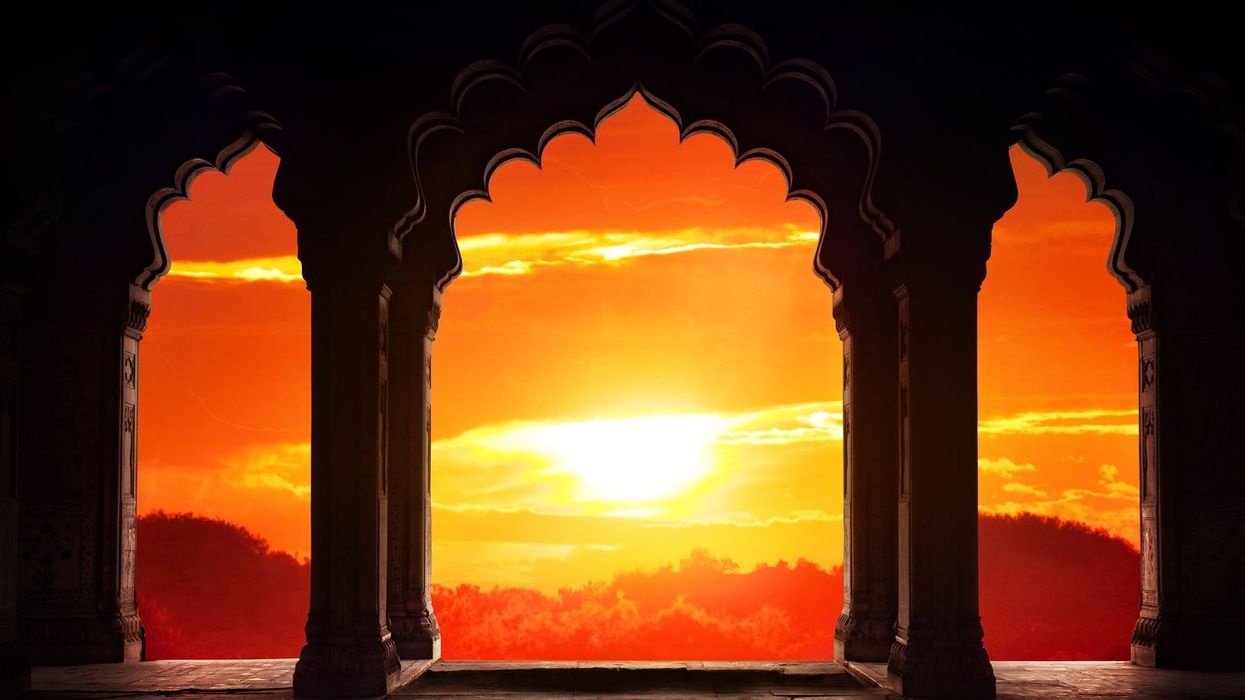A Hindu temple in Pakistan destroyed by a Muslim mob this week will be rebuilt using provincial government funds, its information minister said Friday.
Around 1,500 people descended Wednesday on the temple -- in a remote village of northeast Khyber Pakhtunkhwa province -- after protesting against renovations being made to an adjoining building owned by a Hindu group.
They used sledgehammers to knock down walls before setting the building ablaze.
"We regret the damage caused by the attack," said Kamran Bangash, the provincial information minister.
"The chief minister has ordered the reconstruction of the temple and adjoining house," he told AFP.
Construction will start as soon as possible with the support of the Hindu community, he said, adding security would be provided at the site.
Pakistan's top court has ordered authorities to submit a report on the temple's destruction.
Discrimination and violence against religious minorities are common in Pakistan, where Muslims make up 97 percent of the population and Hindus around two percent.
The temple, which was destroyed in similar circumstances in 1997 and then rebuilt, is located some 160 kilometres (100 miles) southeast of Peshawar, the provincial capital.
While no Hindus live in the area, devotees often visit the temple and its shrine to pay homage to the Hindu saint Shri Paramhans, who died there before the 1947 partition of India that gave birth to Pakistan.
District police chief Irfanullah Khan told AFP around 45 people had been detained in connection with the incident -- including a local cleric, Maulana Sharif, who is accused of inciting the mob.
Khan added police are also looking for Maulana Mirza Aqeem, the district leader of Jamiat Ulema-e-Islam (JUI-F), one of Pakistan's largest Islamist parties.
Last year, the United States placed Pakistan on a list of "countries of particular concern" for religious freedom violations.












